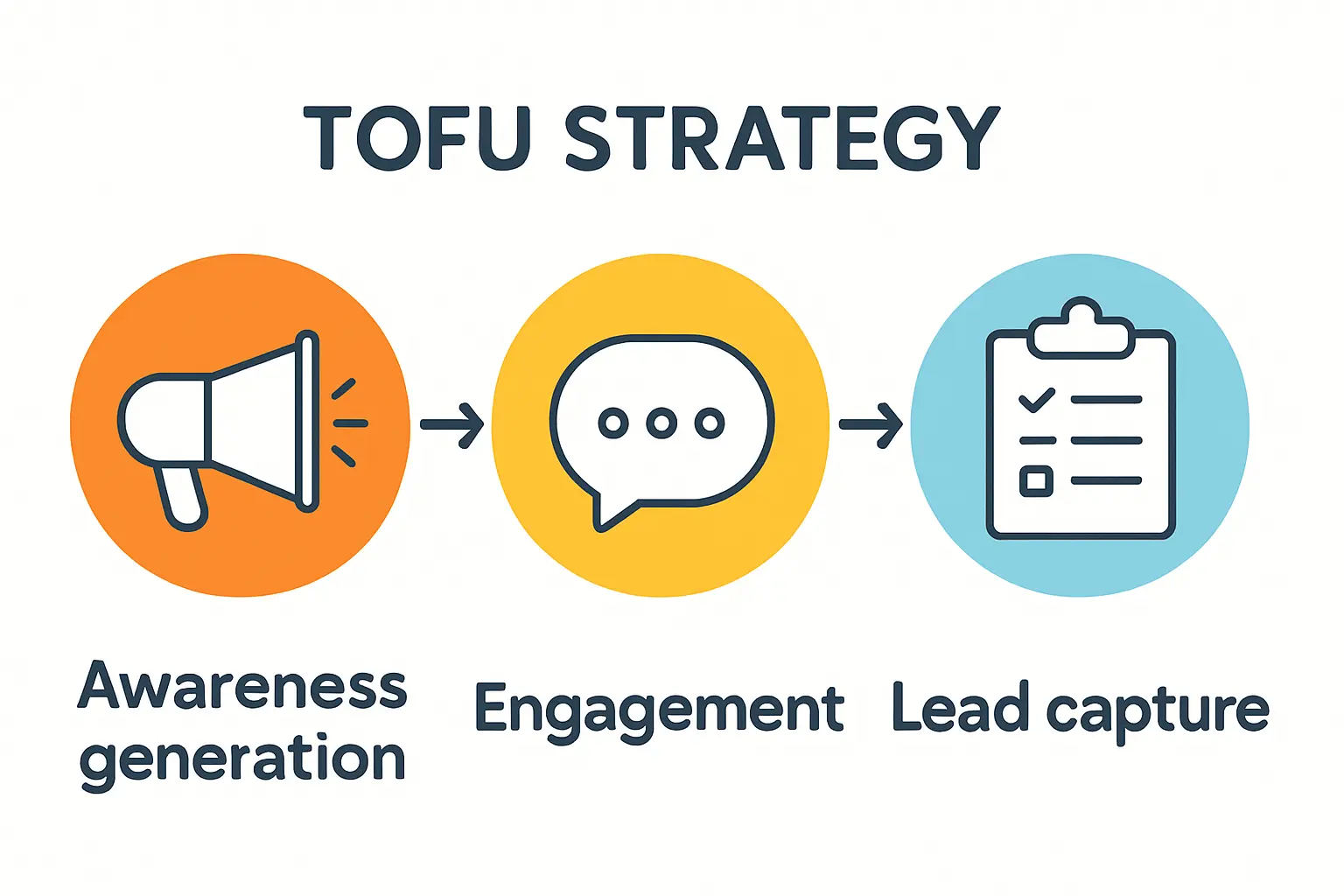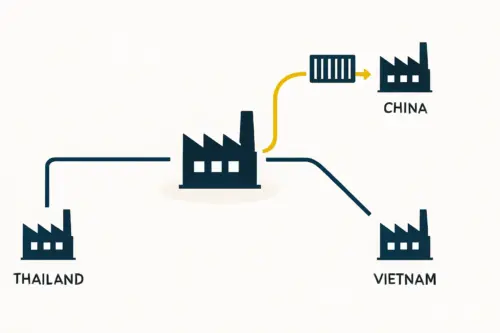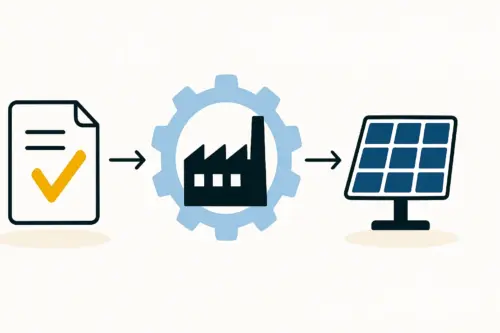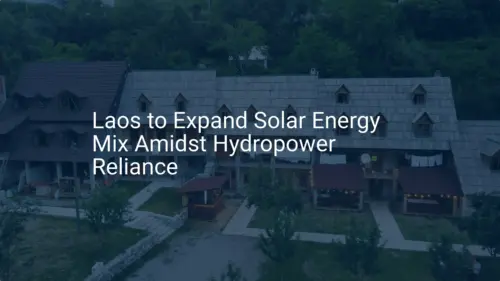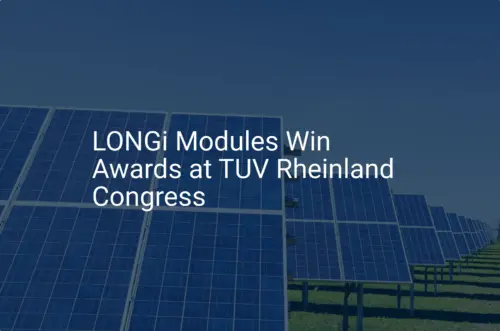An investor considering a new solar module factory often prioritizes machinery, financing, and location. Yet the human element—the local workforce—is a frequently underestimated factor. In a country like Laos, with its unique demographic and economic profile, understanding how to assess and develop local talent isn’t just an operational task; it’s a core strategic advantage.
A common perception is that a region with no history of high-tech manufacturing poses an insurmountable skills gap. The reality, however, is more nuanced.
With a structured approach to training, the Laotian workforce can become a highly capable team for solar module assembly, turning demographic potential into a competitive production asset. This guide outlines the landscape of the Laotian labor market and provides a framework for building the necessary skills from the ground up.
Understanding the Laotian Labor Landscape
Successfully establishing a manufacturing operation in any new region begins with a clear-eyed assessment of the local labor pool. Laos presents a distinct set of characteristics that are both promising and challenging for a prospective solar module manufacturer.
The Demographic Opportunity
Laos is home to one of the youngest populations in Southeast Asia, with a median age of just 24.4 years. Over 60% of the labor force is under the age of 35.
This demographic profile offers a significant long-term advantage: a large, energetic pool of potential employees who are adaptable and open to learning new skills. For an industry like solar manufacturing, which requires precision and process discipline, this youthful demographic is a valuable foundation.
Educational and Skills Baseline
While educational attainment is steadily improving, many in the workforce have completed only primary education. This makes foundational training a key component of any recruitment strategy. However, it’s crucial to recognize the existing, often transferable, skills already present in the market.
Laos has a growing manufacturing sector, particularly in industries like garments and basic electronics assembly. Workers from these fields often possess valuable competencies:
- Manual Dexterity: Experience with detailed assembly tasks.
- Process Adherence: Familiarity with following standardized production steps.
- Team-Based Work: Comfort working in a structured, collaborative factory environment.
These skills form an excellent starting point for the more technical requirements of the solar module manufacturing process.
Cultural and Governmental Context
The Laotian government’s ‘National Socio-Economic Development Plan’ (NSEDP) actively prioritizes vocational training and technical skills development, creating a supportive environment for industrial investment. Culturally, a strong sense of community and respect for hierarchy can translate into a cohesive and disciplined workforce when managed effectively. Integrating these cultural norms into the training and management style is essential for long-term success.
Ready to make big Profits?
The solar Industry is Booming
WE HELP NEWCOMERS to the solar industry start their own solar module production line. Customers can make BIG PROFITS by selling modules and finding investors, without wasting money and time on things they don't need!
Bridging the Skill Gap: From General Labor to Specialized Technicians
While the potential is clear, solar module production has specific technical demands that require a targeted approach to bridge the skill gap. This transition involves moving from general assembly to high-precision, technologically driven manufacturing.
Key areas that require specific development include:
- Technical Literacy: Understanding basic technical drawings, quality parameters, and machine interface instructions.
- Precision and Delicacy: Handling fragile components like solar cells and glass requires a level of care beyond typical assembly work.
- Cleanroom Protocols: Solar manufacturing demands a high degree of cleanliness to avoid defects. Training in contamination control and cleanroom discipline is non-negotiable.
- Automation Awareness: While entry-level lines may be semi-automated, operators must be trained to work safely and efficiently alongside machinery.
The objective is not to find candidates who already possess these skills, but to implement a system that reliably builds them.
A Phased Framework for Effective Workforce Training
A successful training program is not a single event but a continuous process. Based on experience from J.v.G. turnkey projects in emerging markets, a multi-stage approach yields the most reliable results. This framework ensures that employees build skills progressively, from foundational knowledge to specialized expertise.
Phase 1: Foundational Skills and Screening
The initial phase focuses on selecting candidates with the right aptitude and providing them with the basics.
- Screening: Assess candidates for manual dexterity, attention to detail, and the ability to follow multi-step instructions. Simple hands-on tests are often more effective than traditional interviews.
- Classroom Training: Introduce core concepts, including workplace safety, the basics of solar energy, and the importance of quality. This establishes a shared vocabulary and understanding of the mission.
Phase 2: Technical and Machine-Specific Training
Once a core team is selected, training becomes more hands-on and specific to the production line.
- Process Stations: Break down the entire assembly process into individual stations (e.g., stringing, bussing, lamination). Trainees learn one station at a time under the close supervision of an experienced trainer.
- Machine Operation: This stage involves direct training on the equipment used in a turnkey solar manufacturing line. The focus is on safe operation, parameter settings, and basic troubleshooting.
Phase 3: Quality Control and Process Discipline
Technical skill is incomplete without an ingrained commitment to quality.
- Visual Inspection: Train operators to identify common defects at every stage, such as cell microcracks, soldering imperfections, or lamination bubbles.
- Process Discipline: Emphasize the critical importance of following standard operating procedures (SOPs) without deviation. A strong quality control culture is built on consistency.
Phase 4: Continuous Improvement and Team Lead Development
The final phase ensures the long-term sustainability and growth of the team.
- Cross-Training: Train operators on multiple stations to create a flexible and resilient workforce.
- Identifying Leaders: Identify promising individuals for advanced training as team leads or maintenance assistants. This ‘train the trainer’ approach is vital for scaling operations.
Frequently Asked Questions (FAQ)
-
How long does it take to train a new solar production team?
For a semi-automated line, a focused 4-6 week program is typically sufficient to bring a new team to a baseline level of operational competence. This includes classroom instruction and hands-on training at each process station. On-the-job coaching then continues for several months. -
How many employees are needed for a small-scale (20-50 MW) production line?
A typical semi-automated line of this capacity operates with approximately 25-30 personnel per shift, including production operators, quality inspectors, material handlers, and a supervisor. -
How can we overcome language barriers during training?
This is a critical consideration. Training materials, including machine manuals and SOPs, should be translated. Employing a reliable local technical translator or bilingual supervisor during the initial training phase conducted by foreign experts is essential for clarity and comprehension. -
What are the most critical roles to fill first?
Beyond the plant manager, securing a local production supervisor and a quality control lead early in the process is highly recommended. These individuals can be intensively trained by expatriate experts and will become the core of the local leadership team, responsible for cascading knowledge to the operators.
Conclusion: Building a Sustainable Local Asset
The challenge of establishing a solar module factory in Laos is not the absence of a skilled workforce, but the need to create one. The country’s young, motivated population, combined with transferable skills from its growing manufacturing base, provides a solid foundation.
By implementing a structured, phased training program that respects local culture and addresses specific technical requirements, an investor can build more than just a factory. They can cultivate a skilled, dedicated, and efficient local team: a sustainable competitive asset that will drive the operation’s success for years to come.
The pvknowhow.com platform offers structured e-courses to guide entrepreneurs through this detailed planning phase.


